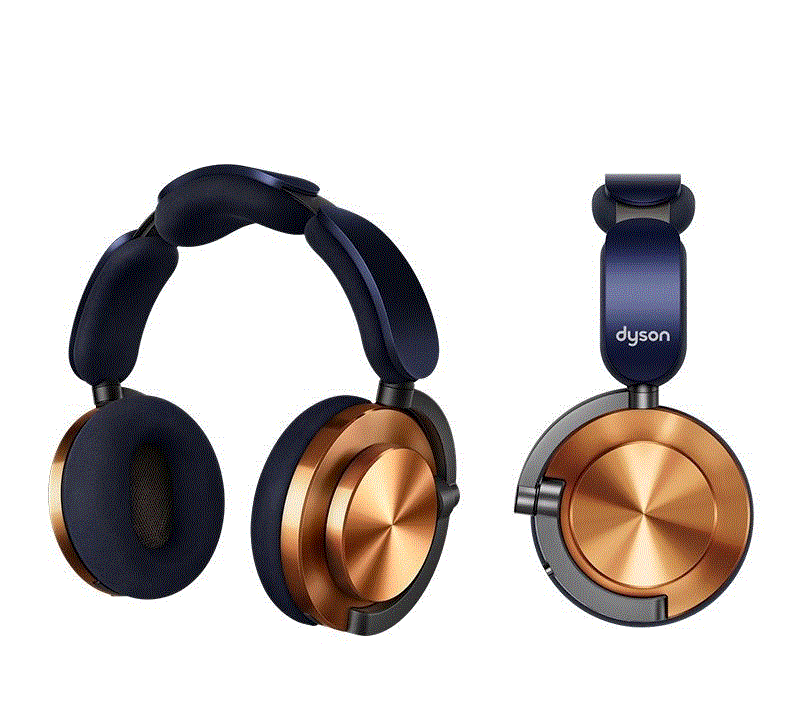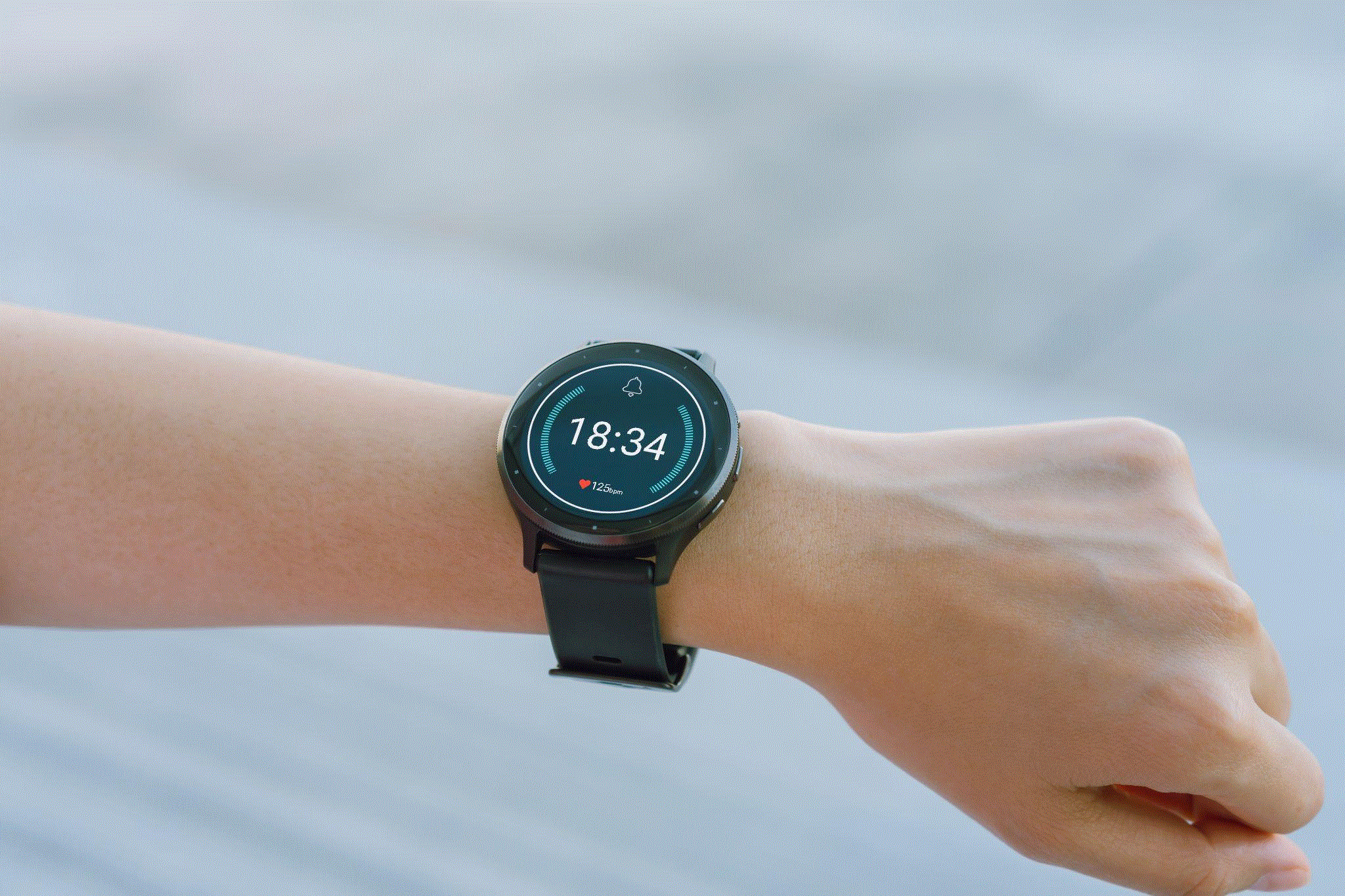Vision is the utmost priority of any individual. If we have a good vision, we have a better scope of understanding and visualizing the world. And LASIK is one such method of the correctness of vision. Laser-assisted in situ keratomileuses (LASIK) is a method of vision correction through laser eye surgery. Also, it is a laser surgery used to modify the cornea and improve its functions. The cornea is a flap-like tissue at the front of the eye that receives light and refracts onto the connective tissue. The cornea is the receptor for whatever you see. And if it doesn’t refract light correctly, the refractive error causes poor eyesight. LASIK is used to correct this by modifying your cornea. Thus, making it better at refracting light, thus correcting your vision.
Types of LASIK:
PRK: PRK or Photo-Refractive Keratectomy is a type of laser refractive eye surgery used to improve vision by correcting refractive errors. And this method corrects myopia (near-sightedness) and hypermetropia (far-sightedness). So, people with a thin cornea have better chances with this method. Here superficial layers of the cornea are removed. Thus, fixing refractory vision problems of the eyes. Also, no risks with the corneal flap are there.
BLADE LASIK: It is a traditional laser vision correction method. The surgeon uses a blade-like device on the cornea to make a thin hinged flap on the eye. So, this flap is then lifted for the application of a laser to reshape the cornea and bring about a correction in vision.
CUSTOM VUE LASIK: This is one of the best methods for refractive eye surgery. And it helps in capturing the unique imperfections in your vision. Custom Vue describes the next generation of vision correction through laser. A wave scan device is used, thus providing better precision. Also, it has a low risk of complications.
FEMTO INTRALASE LASIK: It is the blade-free laser technology for performing the crucial first step of the LASIK procedure, creating a corneal flap. Intralase is safer than classic LASIK. In this, the handheld microkeratome blade is replaced with computer-guided laser precision.
CUSTOM FEMTO INTRALASE LASIK: This type of LASIK uses wavefront computer imaging. And the process is called custom because it is customized to the needs of your eyes. Unless traditional LASIK, the custom LASIK measures particular corneal aberration, which includes areas that may be thinner than others.
Who Is The Eligible Candidate For LASIK Surgery?
The first and foremost criteria for undergoing LASIK surgery is that one must have completed 18 years. And the eyes must be healthy before going for surgery. Also, the eyes’ overall health matters significantly to avoid post-surgery complications. Also, LASIK can be a big NO for people with severe diabetes, dry eyes, or not thick enough cornea. The eye specialists at the Visual Aids Centre take care of all such needs before performing any LASIK surgery. Hence, they are best at their work for providing people with good vision.
Are There Any Complications Related To LASIK?
There is no or slight complication of LASIK. So, the most common LASIK issues are infections or dry eye that stays for more than six months after the surgery. There may be other problems like regression, over corrections, and under corrections. When the vision slowly changes to the original prescription, it is called regression. Regression is one of the rarest complications. Overcorrection is when the laser removes a lot more tissue than required from the eyes. And undercorrection is when the laser removes a little less tissue than needed. Both under and over corrections can be fixed by enhancement surgery. Thus, choosing the right eye doctor is crucial to avoid such issues. It is very crucial to choose a highly qualified ophthalmologist for LASIK surgery. Visual Aids Centre provides you with the best doctors. Also, they can help you deal with these problems efficiently if any.
What Precautions Do You Need To Take After LASIK Surgery?
Taking precautions after LASIK surgery is essential. It helps the patient to prevent injury and infection post-operation. Also, it is much needed for a patient to wear glasses for eye protection after surgery. While sleeping, wear the glasses, goggles, or eye shield as your surgeon suggests. Or at least for one week after the surgery. Try to avoid going to dusty places. Also, avoid eye makeup for at least a week or so. Besides, you must use all prescribed eye drops by your doctor for better results.
Similarly, patients can opt for dark sunglasses to avoid brightness entering the eyes. Also, it is advised to relax properly post-surgery. Relaxing will help you return to everyday life without any side effects. Contact your doctor if you face problems like a sudden decrease in vision, pain or redness in the eyes, or discharge from the eyes.
Why Choose The Visual Aids Centre For LASIK Eye Surgery In Delhi?
LASIK surgery has a high success rate. Still, choosing a good center is necessary for effective and safe surgery. Visual Aids Centre is the most trusted name in LASIK and holds a fortune of performing more than 1,00,000 LASIK surgeries over 25 years. So, this incredible achievement makes them a leading center for providing the best LASIK surgeries in India. The center offers the best LASIK surgery in Delhi.
Choosing the Visual Aids Centre:
Visual Aids Centre has a team of expert doctors with years of experience. Here you get top-class treatment with qualified eye doctors. A notable benefit of choosing the Visual Aids Centre is that they provide you with a lifelong follow-up visit post LASIK, free of cost. It can be the best way to lessen the risk post-surgery. Here, the doctors check all crucial factors, like a candidate’s eligibility for surgery. They discuss every aspect of the surgery, clarify every detail, and brief the patient before the surgery. Visual Aids Centre provides top-notch quality treatment with the best aids.






























